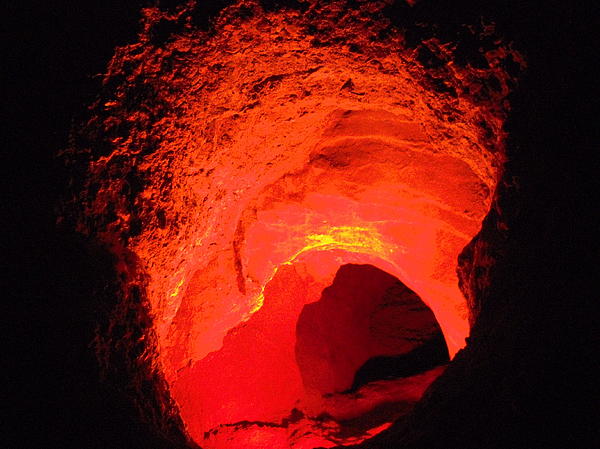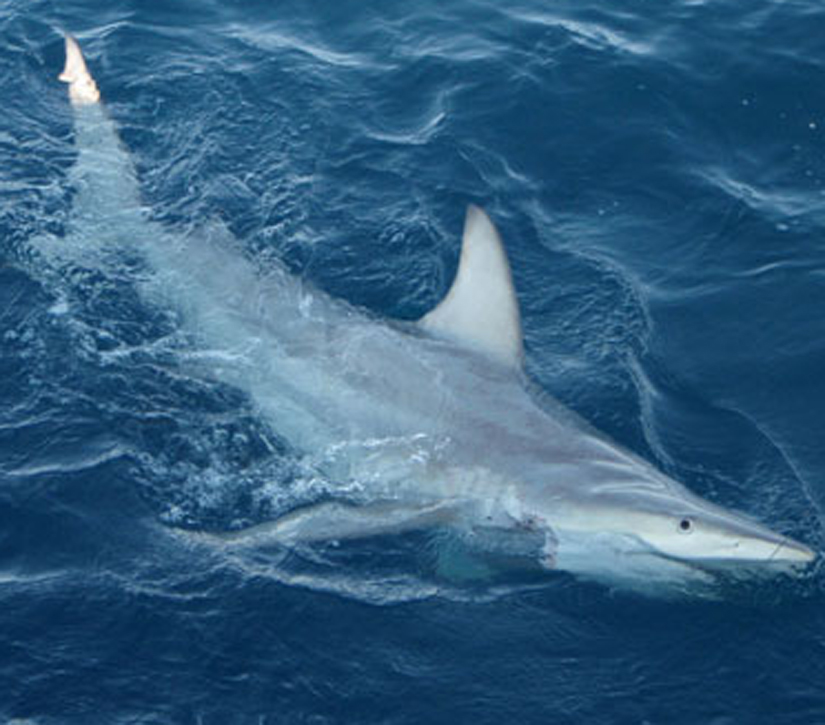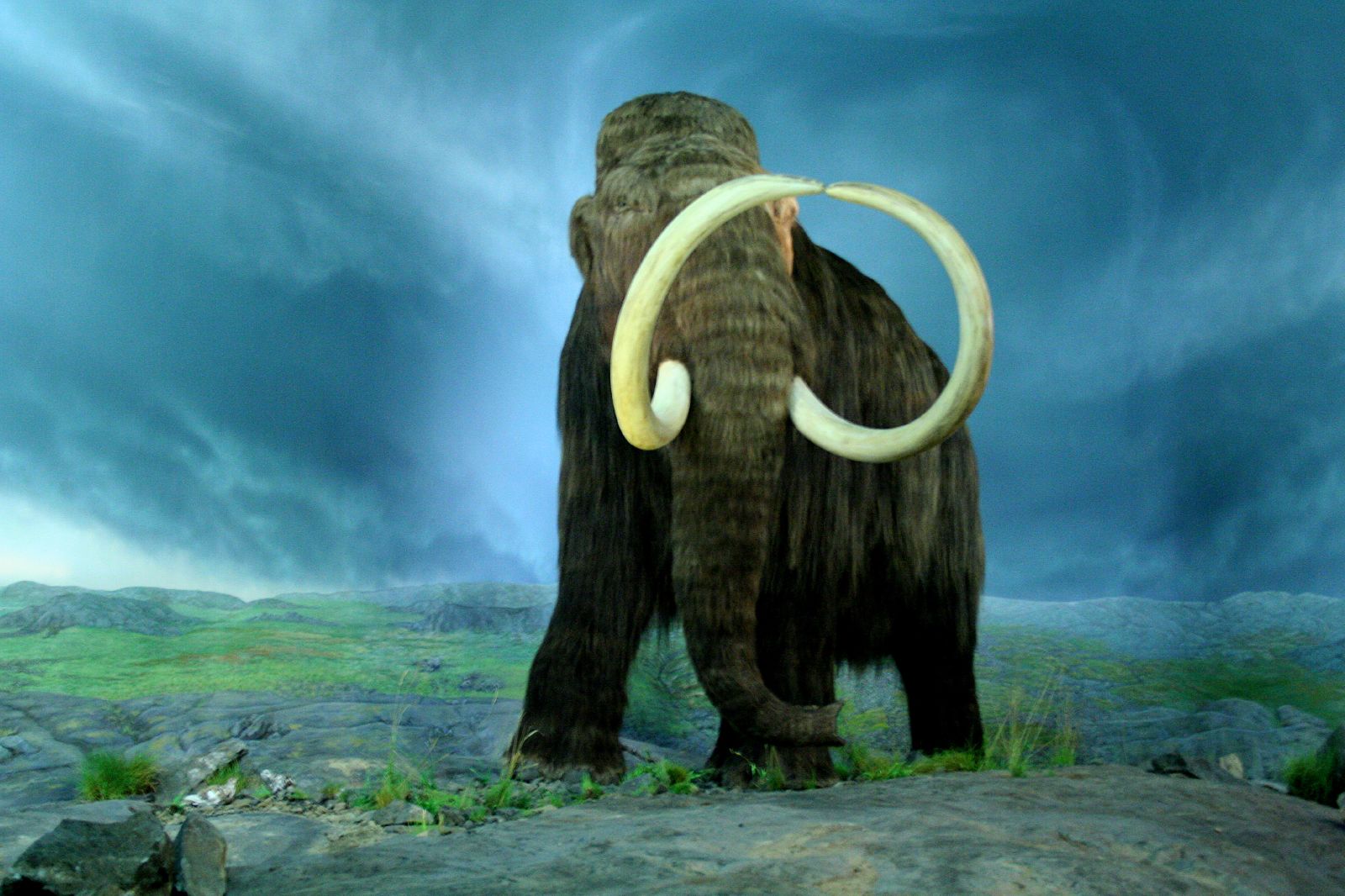
We’re already able to recreate the world as it was thousands and thousands of years ago using data, science, and computers, but now we’re getting closer and closer to being able to bring that prehistoric world to life in our current reality.
Scientists from Russia have extracted ancient fruit, frozen in permafrost, hidden by a prehistoric squirrel over 30,000+ thousand years ago to regenerate a plant/flower that existed when ancient creatures like woolly mammoths, and even sabre-tooth tigers roamed the Earth.
Discover Magazine writes:
Fruits in my fruit bowl tend to rot into a mulchy mess after a couple of weeks. Fruits that are chilled in permanent Siberian ice fare rather better. After more than 30,000 years, and some care from Russian scientists, some ancient fruits have produced this delicate white flower.
These regenerated plants, rising like wintry Phoenixes from the Russian ice, are still viable. They produce their own seeds and, after a 30,000-year hiatus, can continue their family line.
The plant owes its miraculous resurrection to a team of scientists led by David Gilichinsky, and an enterprising ground squirrel. Back in the Upper Pleistocene, the squirrel buried the plant’s fruit in the banks of the Kolyma River. They froze.
Over millennia, the squirrel’s burrow fossilised and was buried under increasing layers of ice. The plants within were kept at a nippy -7 degrees Celsius, surrounded by permanently frozen soil and the petrifying bones of mammoths and woolly rhinos. They never thawed. They weren’t disturbed. By the time they were found and defrosted by scientists, they had been buried to a depth of 38 metres, and frozen for around 31,800 years.
Read more at discovermagazine.com

















